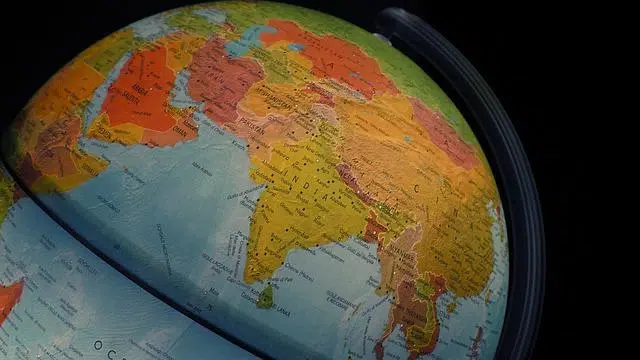
The political division allows the territory to be organized.
Division , with etymological origin in the Latin word divisio , refers to the act and result of dividing : fragmenting, distributing, separating or dividing something. The idea of politics , on the other hand, can refer to the practice or doctrine linked to the management of the State and public affairs.
The idea of political division is linked to the organization of a territory . It is the result of an administrative decision by state authorities to plan and organize the geographical space under their jurisdiction .
Concept of political division
The political division, in short, is a demarcation of the territory . Through this type of segmentation, political-administrative units are created that have a certain autonomy with respect to the national or central government .
It can be said that political division establishes internal limits (between cities, provinces, departments, etc.). On a broader level, transcending that of a State , the political division on a global scale determines the borders of nations.
What the political division does is facilitate the administration of the territory. Although its establishment usually considers historical, cultural and natural issues, the division of land is still an arbitrary measure that, at times, generates controversy and confrontations.

The political-administrative units of a country and international borders depend on political divisions.
The territorial planning of the world
The existence of different countries is a consequence of the political division of the world territory. Many times, this division materialized after violent processes .
Take the case of South America . The political division of this territory took shape after the struggles for independence , which ended up modifying the administration of the region. The European powers that had arrived within the framework of their plans of conquest, such as Spain , Portugal , France and England , had to leave when the independence feats prevailed.
The delimitation of the borders of the new countries, on certain occasions, was also a cause of conflict, now between the neighbors . And we cannot fail to mention that the internal political division of each State also produced new struggles in many cases.
Example of political division: the case of Argentina
We can consider what happened with Argentina to understand the scope of the notion of political division. The territory that today runs the Argentine State was traditionally inhabited by different aboriginal peoples .
With the arrival of Europeans and colonization , the area fell under the orbit first of the Viceroyalty of Peru and then of the Viceroyalty of the Río de la Plata . There was, therefore, a political division that established these limits.
On July 9, 1816 , Argentine independence was declared. From then on, internal battles developed that led to various political regimes until the territorial order was defined. Currently, the Argentine Republic is a federal State consisting of one autonomous city (the Autonomous City of Buenos Aires , which is the federal capital) and twenty-three provinces .
Internal planning aside, Argentina had border problems with Chile . Both countries signed several treaties and agreements to settle their disputes, the most recent being the 1984 agreement that ended a dispute over the Beagle Channel .
